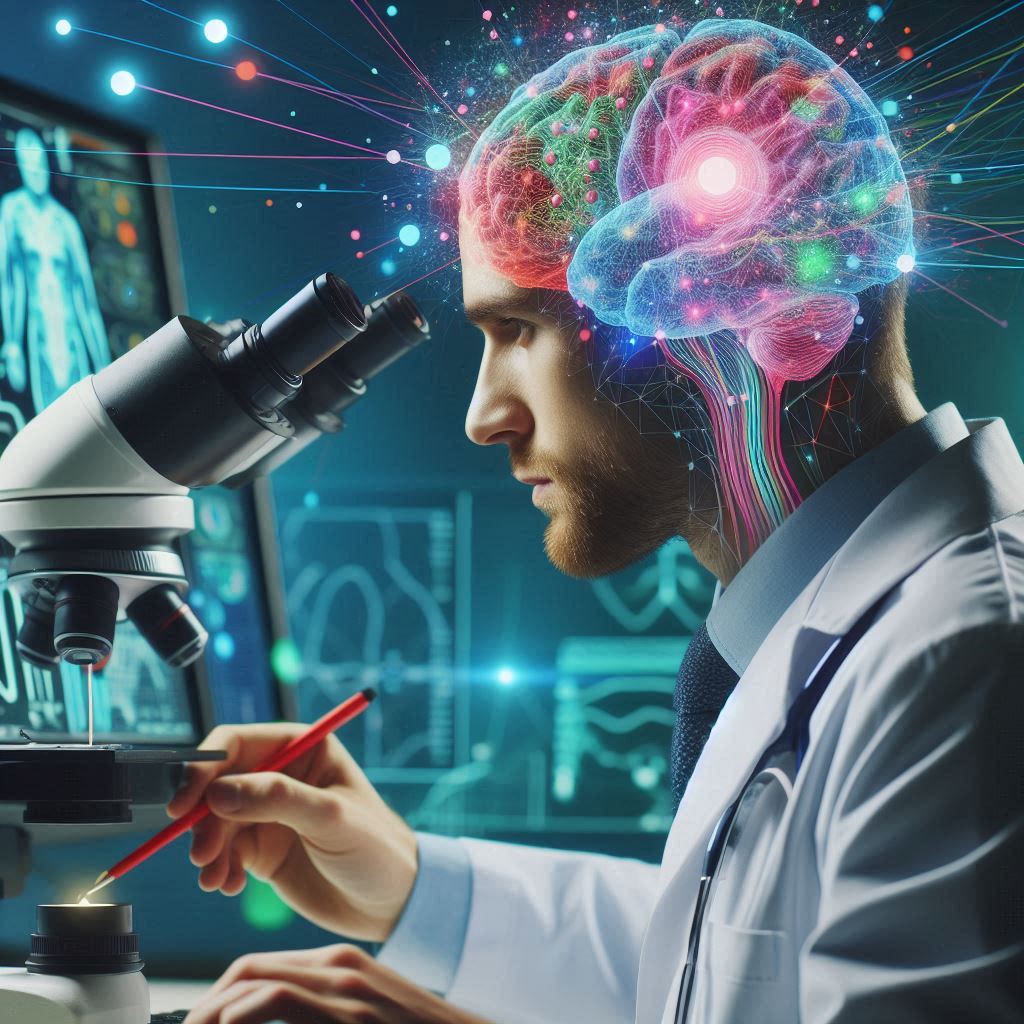In the world of forensic science, several advanced techniques are used to extract information from individuals suspected of crimes. Among the most discussed are polygraph tests, narco-analysis, and brain mapping. Each technique has its own purpose, methodology, and legal implications. Let’s delve into these methods to understand their uses, how they work, and their legal standing.
1. Polygraph Test (Lie Detector Test)
What is a Polygraph Test?
A polygraph, often referred to as a lie detector, is an instrument that measures physiological responses (such as heart rate, blood pressure, respiration, and skin conductivity) to determine if a person is lying.
How Does It Work?
During a polygraph test, a person is asked a series of questions. The idea is that when a person lies, their body undergoes slight stress, which can lead to changes in the physiological responses that the polygraph measures.
The examiner typically divides the questions into three categories:
- Neutral questions (e.g., “Is your name John?”)
- Relevant questions (e.g., “Did you steal the money?”)
- Control questions (unrelated but emotionally triggering, e.g., “Have you ever lied to a loved one?”)
The examiner then compares the physiological responses to the relevant and control questions to make conclusions about truthfulness.
Uses of the Polygraph
- Criminal investigations: Often used in police investigations to assess the credibility of suspects or witnesses.
- Employment screening: Used by agencies like the FBI, CIA, or in private companies (though controversial).
- Relationship disputes: In some cases, polygraphs are privately used for personal matters.
Legal Status of Polygraphs
- In most jurisdictions, the results of polygraph tests are not admissible as sole evidence in court due to the unreliability and subjectivity of the test.
- However, they may be used as investigative tools and for screening purposes in select government agencies.
2. Narco-Analysis Test
What is a Narco-Analysis Test?
Narco-analysis involves the administration of drugs (like sodium pentothal or sodium amytal) to induce a semi-conscious or trance-like state. In this state, the person becomes more talkative and is believed to be less capable of concealing information or telling lies.
How Does It Work?
The test begins with the controlled administration of the drug, which slows down brain activity, making the subject less alert and more susceptible to suggestion. Investigators then ask the subject questions, believing the reduced consciousness will limit their ability to fabricate lies.
Uses of Narco-Analysis
- Criminal investigations: It is used as an interrogation tool to extract information from uncooperative suspects.
- Spy and intelligence cases: To identify sleeper agents or extract information in national security cases.
Legal Status of Narco-Analysis
- Narco-analysis tests have a controversial legal standing. While it can help in gaining leads, the results are often seen as unreliable due to the altered state of consciousness.
- Supreme Court of India ruling (2010): In India, the Supreme Court ruled that narco-analysis, along with polygraph and brain mapping, cannot be conducted without the consent of the individual, as it violates fundamental rights. It also stated that involuntary narco-analysis cannot be used as primary evidence in court.
3. Brain Mapping Test (P300 Test)
What is Brain Mapping?
Brain mapping, also known as the P300 test, measures brainwave activity in response to stimuli. This test is based on the idea that the brain reacts differently when recognizing known information versus unknown information.
How Does It Work?
The subject is presented with a series of images, sounds, or words related to the crime or investigation. If the brain recognizes the stimulus, it produces a specific brainwave pattern called the P300 wave. A response indicates that the subject has knowledge of the crime-related stimulus, whether or not they choose to admit it verbally.
Uses of Brain Mapping
- Criminal cases: Brain mapping is primarily used in criminal cases to determine if a suspect has knowledge of specific facts related to the crime.
- Psychiatric assessments: In some cases, it has been used to study brain function in psychiatric evaluations.
Legal Status of Brain Mapping
- Brain mapping, like narco-analysis, is seen as a controversial method due to its intrusive nature.
- In most countries, including India, brain mapping can only be conducted with the informed consent of the individual and cannot be used as sole evidence in court.
Examples of Use
- The Aarushi Talwar Murder Case (India): In this highly publicized case, polygraph, narco-analysis, and brain mapping were all conducted on the suspects to gather evidence. While these tests were used to obtain leads, none of them were admissible as evidence in court.
- Abu Salem Extradition (India): Underworld don Abu Salem underwent a narco-analysis test after his extradition to India from Portugal. This test helped investigators gain more insights into his criminal operations, though it was not admissible in court.
Ethical and Legal Concerns
While these forensic techniques have the potential to reveal information, they raise several ethical and legal concerns, including:
- Invasiveness: Narco-analysis and brain mapping are often seen as intrusive to an individual’s privacy and mental autonomy.
- Consent: Courts have emphasized the need for voluntary consent before conducting any of these tests.
- Reliability: The scientific community questions the reliability of these methods, especially when used to draw conclusions about guilt or innocence.
Conclusion
Polygraph, narco-analysis, and brain mapping tests are valuable investigative tools in forensic science. However, their reliability, ethical implications, and legality vary across different jurisdictions. While they can assist in extracting information, they should be used cautiously, and always with the proper legal safeguards in place.
Disclaimer: This report was fully computer generated. Verify twice before progress…

